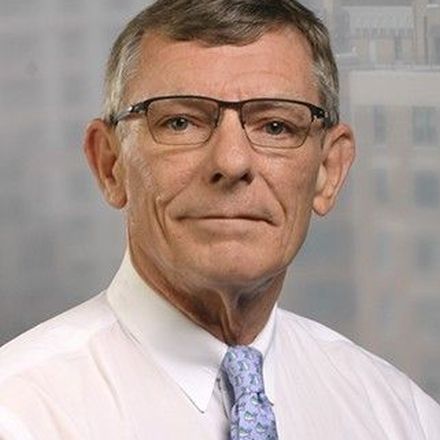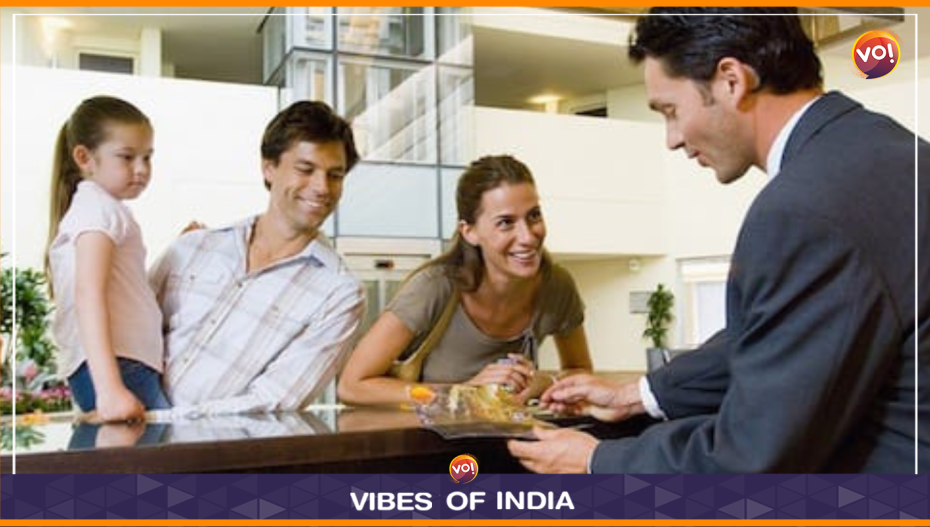Developed in the manufacturing industry, six-sigma is a set of management techniques intended to reduce the probability of errors or defects. Service companies too have been trying to use the concept of six-sigma to standardise their processes. Call centres, for example, have been trying to script the interaction between their employees and customers down to every detail, but it has never worked beyond a point. Phone conversations between people, it turns out, are wildly unpredictable.

Consultant John Fleming, author of Human Sigma: Managing the Employee Customer Encounter, says human interactions are hard to standardise because of a concept known as equifinality. “Equifinality means that there are as many ways to achieve a desired outcome as there are people willing to try it. Organisations which try to apply the six-sigma concept from manufacturing do not get far because no single way is appropriate for all individuals.”

In a world where organisations are increasingly determined to cut down employee-customer contact, replacing it with self-service, ATM machines and recorded messages where accessing a real person is the last option, Fleming is a champion of the human service system as a means of competitive advantage. “There are many organisations out there who do not trust their employees to serve their customers. They are the alumni of what I call The Terminator School of Management. Instead of human interaction, they would prefer to have non-thinking machines like Arnold Schwarzenegger in the movie as their customer touch points,” he says.

Not surprisingly, service providers who emphasise technology and automation do not set much store by emotions and find the idea of a passionately loyal customer slightly ludicrous. Fleming recalls asking a team of senior bankers what they thought their customers would do if, for some reason, the bank ceased to exist. Would their customers be devastated? “They said customers would just go find another bank. After all, they said, “We are just a bank.” The Terminator School believes both customers and employees are necessary evils.”
The bedrock of the Human Sigma theory is that the employee-customer encounter is emotional rather than rational. That people take economic decisions based on emotions is not new. It forms the basis of behavioural economics, a field which won Princeton psychologist Daniel Kahneman the Nobel in economics in 2002. It explains why employees leave for lower-paying jobs or why, at the highest level of engagement, customers are so emotional about a bank that they passionately advocate it to others or hate it with such vengeance that they will go out of their way to damage it. “Feelings are facts,” says Fleming. “If it feels like you have been waiting in line for an hour, does it matter that it was actually ten minutes? The annoyance you feel is very real.”
Understanding this, most banks in India now have a system where customers can sit down and discuss their issues with an executive, rather than stand in a queue. When it comes to customer care, I have personally found Amazon sets a benchmark. If you call their helpline about a package damaged or not received, you get a sympathetic hearing and a refund. I once called Amazon thrice over a single order of Bhuira jam. I ordered plum jam but they sent me the wrong flavour, not once, but twice. As the problem escalated, I had to speak to more senior executives, but I received a refund each time.
Customers most often approach their service organisation when they are upset and have a problem, so the encounter is prone to volatility. Since the encounter can vary from location to location within the company, it is important to measure and manage it at a local level. In the case of a retail chain, it would be at store level and in the case of a bank, it would be at a branch. An airline might have a respectable average on-time performance figure, but when regularly delayed flights on one sector balance out on-time flights on another, it is necessary to measure it at airport level. “Strong customer relationships cannot be managed from company headquarters,” says Fleming. “Understanding local performance variation is crucial to improving the effectiveness of the employee-customer encounter.”
Also Read:
- Trump’s 26% Reciprocal Tariff on India Sparks Trade Tensions and Market Concerns
- JioTV+ Now Available on Smart TVs
- Gujarat: Police Nabs Absconding Rogue Cop Nita Chaudhary
- Simply Not Done, Harbhajan
- Alcaraz Beats Djokovic At Wimbledon, Again
- Gujarat: Three Die At Illegal Mine, FIR Names Ruling Party Leaders



















